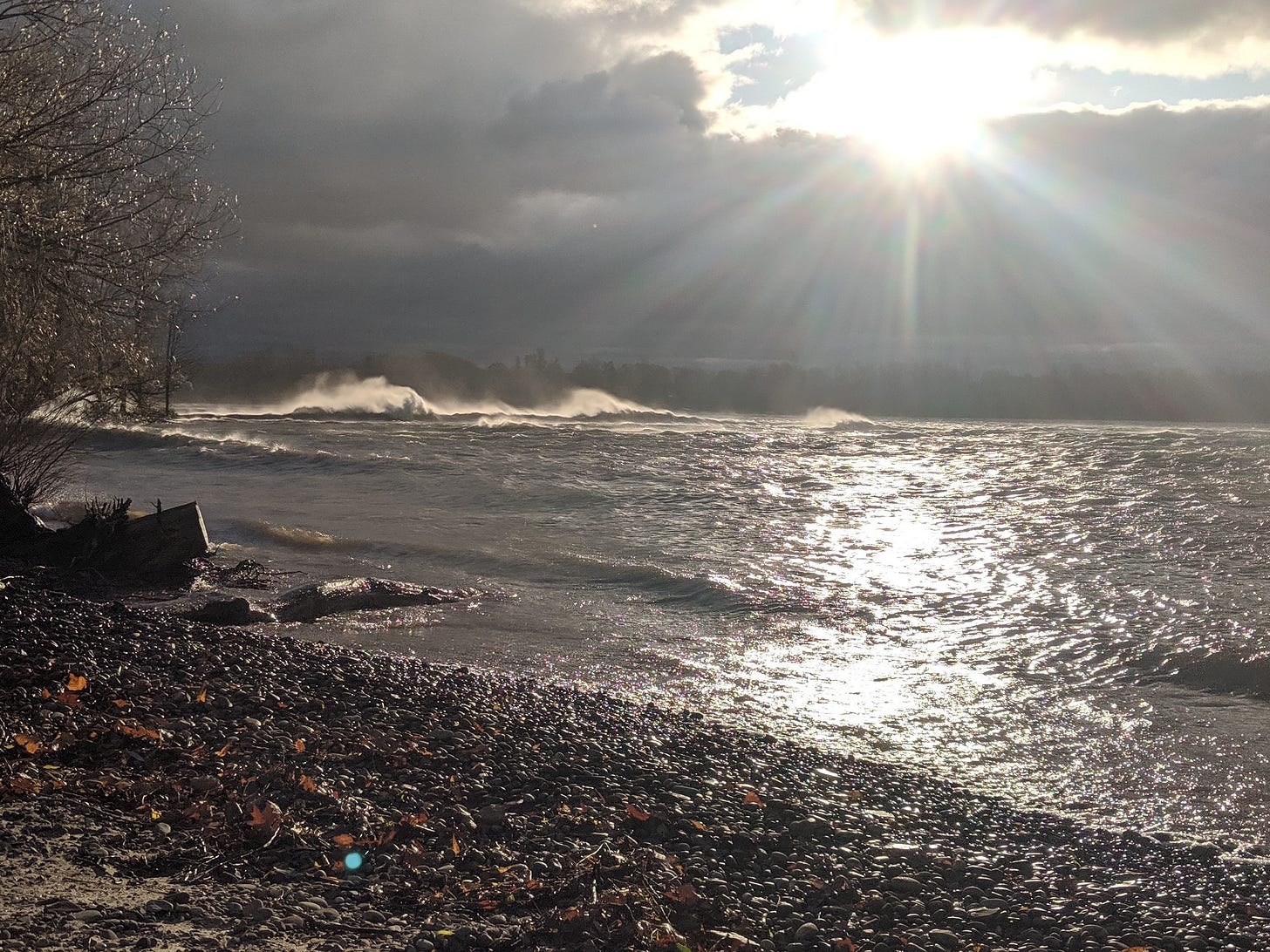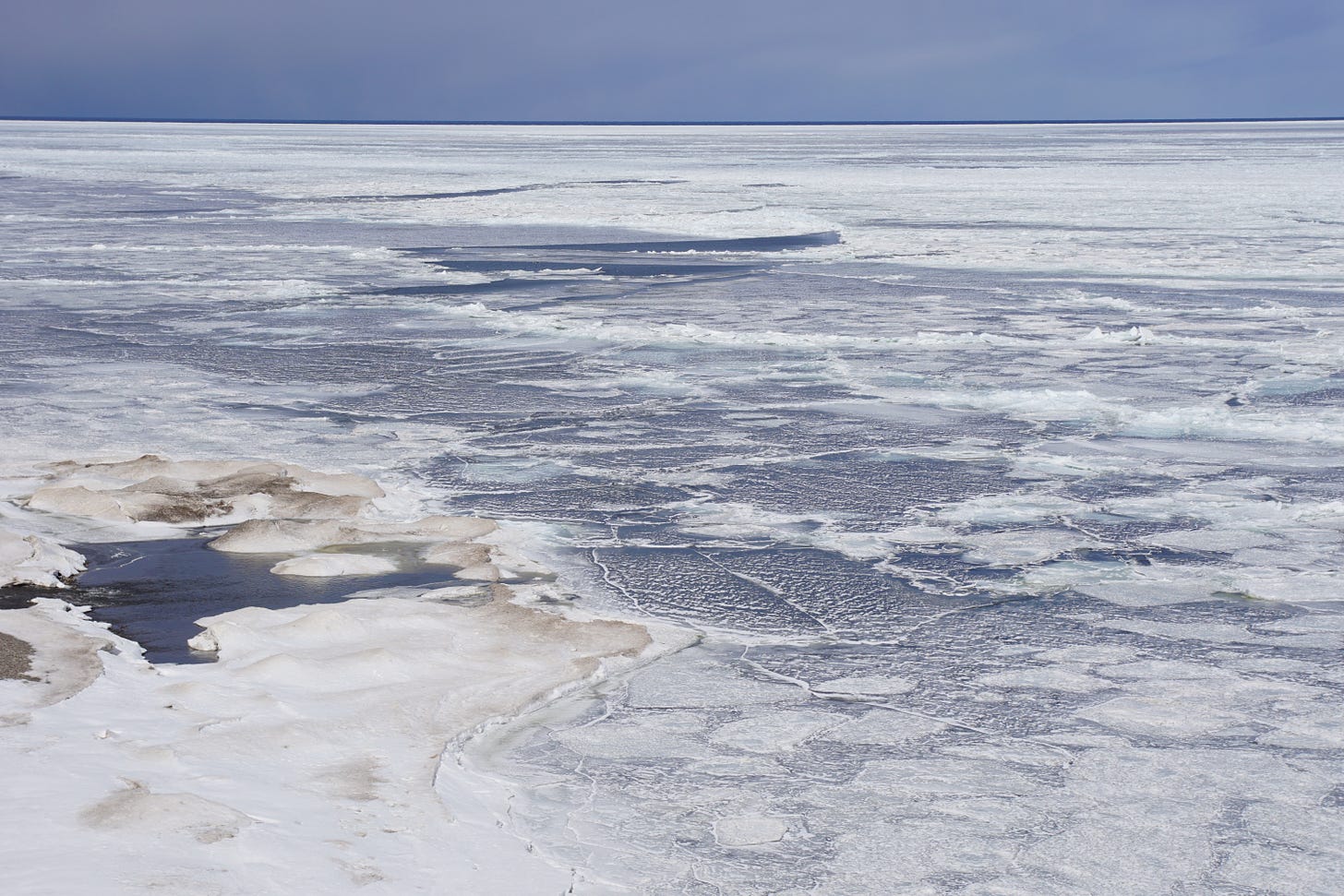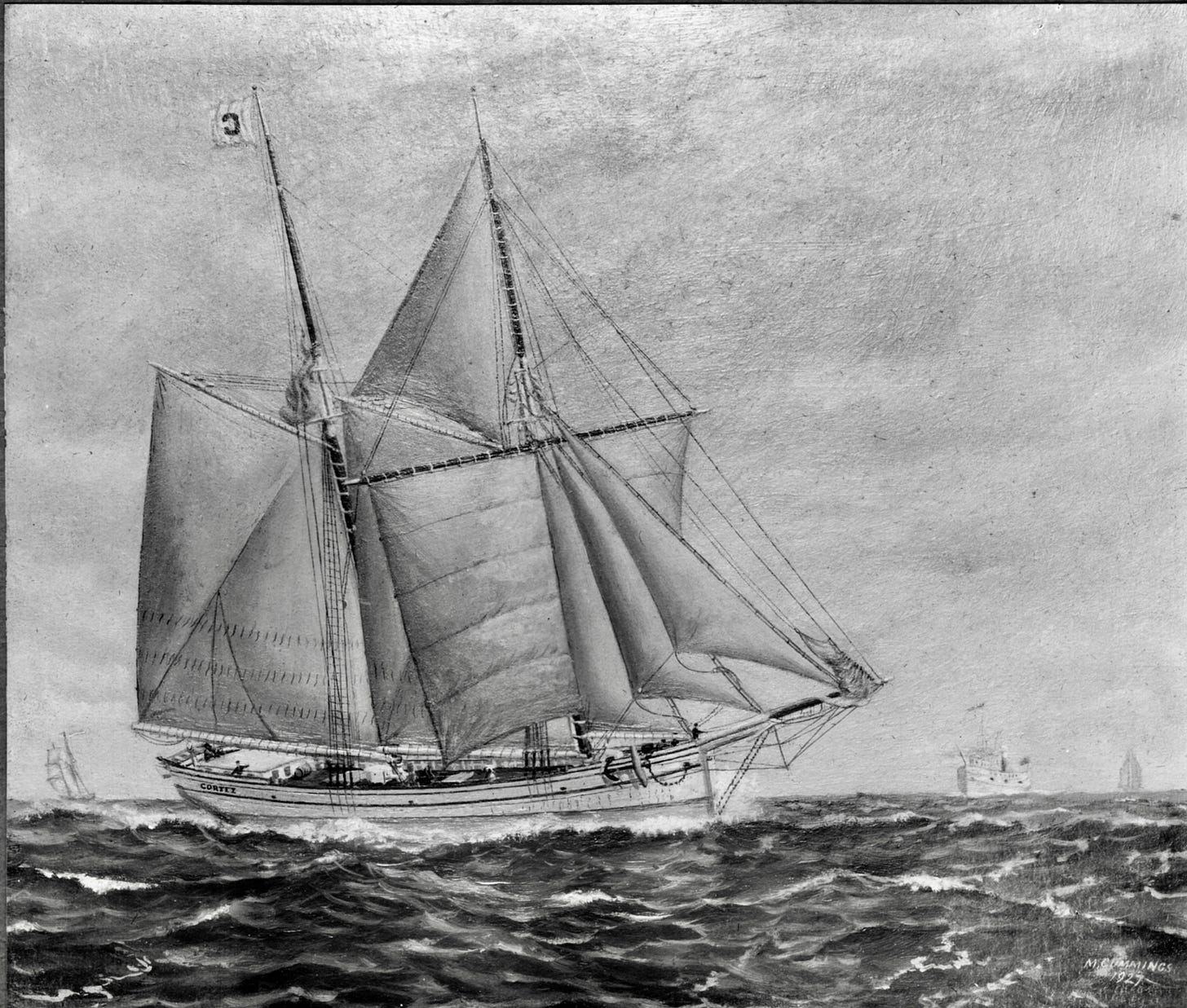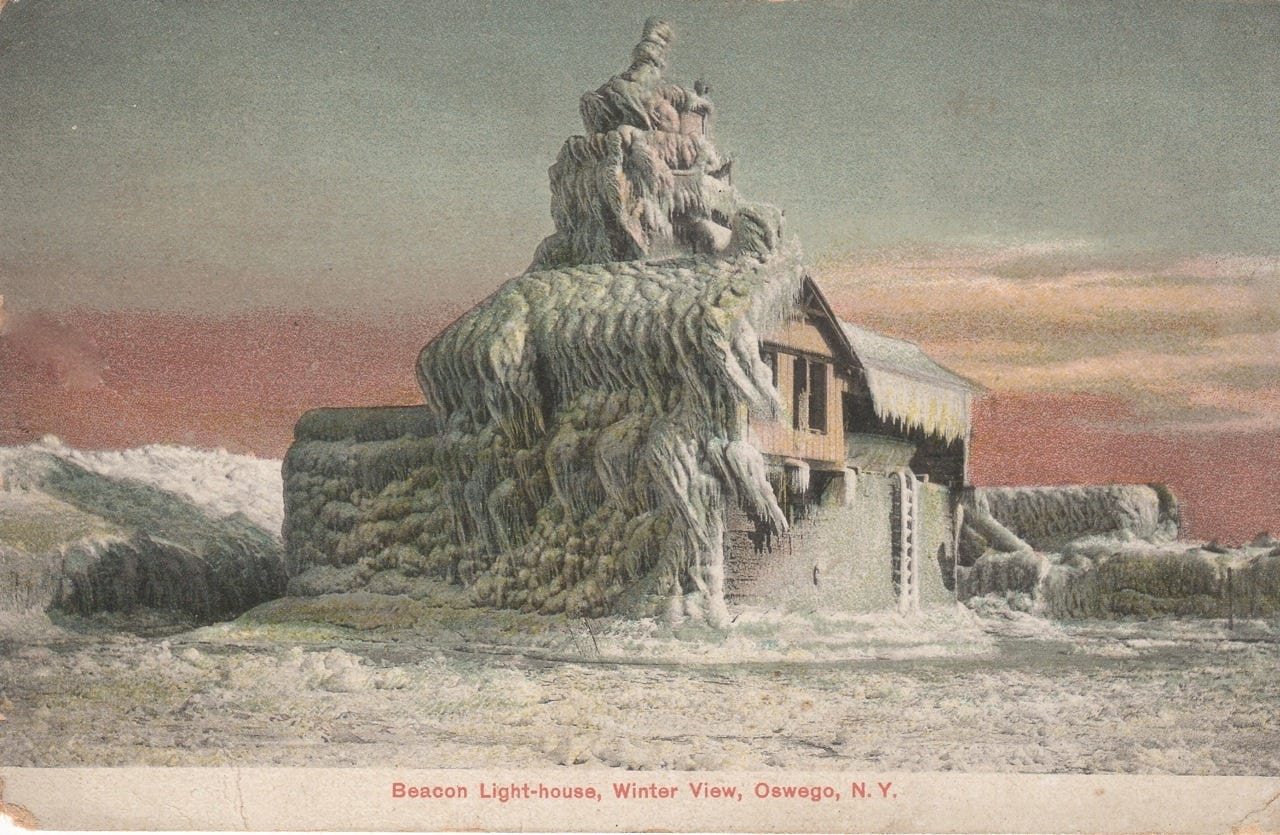Gales of November
I’m not a big fan of shipwreck accounts. Stories of lost ships and their crews are somewhat depressing to this Sunday sailor. Still, the topic is a popular one, and the somber gray days of November are a time to ponder the past losses on Lake Ontario. The following account of 1880 is largely lifted from my Maritime Tales and Passages on Inland Waters, both available from my on line bookstore at susanpgateley.com.
November 2019 Fair Haven West Side Park surf
A dozen or more November storms on Lake Ontario have made it into the history books. The several gales of November 1880 are among the best documented as they featured several particularly poignant wrecks witnessed by many bystanders. I used accounts of this storm for the climactic chapter of my novel Widow Maker. November has been a lethal month on all the lakes- the Great Lakes gale of 1913, subject of several books, sank over a dozen ships with a loss of at least 250 lives. In November 1966 the freighter Daniel J. Morrel sank on Lake Huron, while on November 10 1975 the Edmund Fitzgerald went down on Lake Superior with her whole crew.
Both economics and meteorology contributed to making November a particularly lethal month for mariners on Lake Ontario. The shipping season traditionally ended on the lakes by December because of ice and lack of insurance coverage, so the urge to squeeze one or two last trips in to try to push the bottom line a little further into the black before the long winter lay up was in constant conflict with good sense and bad weather.
photo supplied by Richard Palmer
In November 1880 three bad storms hit the lake. The last one roared in just before Thanksgiving. Almost immediately after it passed, an intense cold snap froze harbors and canals. Within a day or two the Welland canal had six inches ice on it, and many ships were caught where they lay and had to winter in far from homeport.
It’s been a few years since the lake had this much ice-photo is from about 80 foot elevation so horizon is approximately 17 miles
It was in this storm that the Garibaldi, a two master built seventeen years before and loaded with coal when she went ashore on Prince Edward County’s rocky ledges near Presquile. She was loaded with 350 tons of coal from the trestle at Fair Haven and was only a few miles from her destination of Toronto when the gale slammed into town. The ship soon iced up and her frozen rigging made it impossible to continue. The crew was able to pound the ice off the main enough to furl it after cutting the halyards but the schooner lost her frozen fore and staysail and ran through the night under bare poles. She managed to anchor under Presquile point but then the chain snapped. She struck the shore around noon.
two master similar to Garibaldi
Rescuers managed to get a small boat from the Presquile lighthouse out to the schooner. They took off the female cook and one crewman, got them ashore and then struggled back through the freezing wind and water to pick up two more men. But as darkness fell, they were driven back from a third attempt by the breakers and a broken oarlock. Through the night the ice built as the ship’s captain, mate and one sailor huddled in the scant shelter of the foredeck. The next day the rescuers returned. They found and chopped free three men frozen in a bit of a cave under the ice.
The ship’s mate was dead and frozen solid, but with him were two others barely alive. CHJ Snider wrote of the wreck “Captain McGlenn was so frozen he couldn’t move his legs and he lay in the sleigh like a crooked log...for he couldn’t relax his arms.” The frozen man was buried in the little church cemetery with Christian rites. “He was so rigid they had to make a coffin extra wide to take his arms in and turn it sideways to get it into the grave.”
That year at least ten ships sank or went ashore in November. Approximately thirty lives were lost.
For more winter reading ( much of it considerably lighter than the above) and or some good Xmas gifts visit
https://www.etsy.com/shop/lakeontarioitems?ref=l2-shopheader-name







